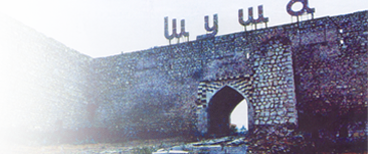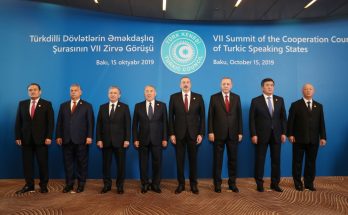
The Armenian-Azerbaijani Nagorno-Karabakh conflict is not only Azerbaijan’s problem, Azerbaijan’s Foreign Minister Elmar Mammadyarov said while answering the questions of the European MPs in the fall session of PACE in Strasbourg, France on Oct.2.
Mammadyarov added that other member states of the Council of Europe are not immune to such conflicts either and named the crisis in Ukraine as an example.
“Nagorno-Karabakh conflict has remained unresolved for over 20 years. As a result of the conflict, Azerbaijan’s internationally recognized territories are currently under Armenian occupation. The residents of these lands were subjected to ethnic cleansing,” Azerbaijani foreign minister said.
Mammadyarov added that the OSCE Minsk Group is engaged in the settlement of the conflict, however, no progress has been achieved so far.
The minister expressed regret that the Azerbaijani lands still remain under the Armenian occupation and the Azerbaijani citizens, who have become IDPs as a result of this occupation, cannot return to their homes.
Mammadyarov said that the conflict poses a serious threat to the stability and security in the region, adding that the main element in the settlement of the conflict is the withdrawal of Armenian armed forces from the occupied Azerbaijani lands.
The conflict between the two South Caucasus countries began in 1988 when Armenia made territorial claims against Azerbaijan. As a result of the ensuing war, in 1992 Armenian armed forces occupied 20 percent of Azerbaijan, including the Nagorno-Karabakh region and seven surrounding districts.
The two countries signed a ceasefire agreement in 1994. The co-chairs of the OSCE Minsk Group, Russia, France and the U.S. are currently holding peace negotiations.
Armenia has not yet implemented the U.N. Security Council’s four resolutions on the liberation of the Nagorno-Karabakh and the surrounding regions.




